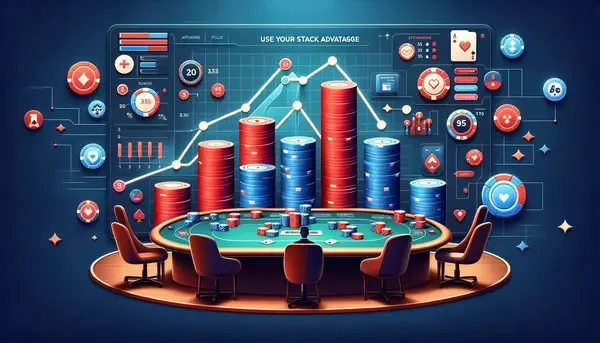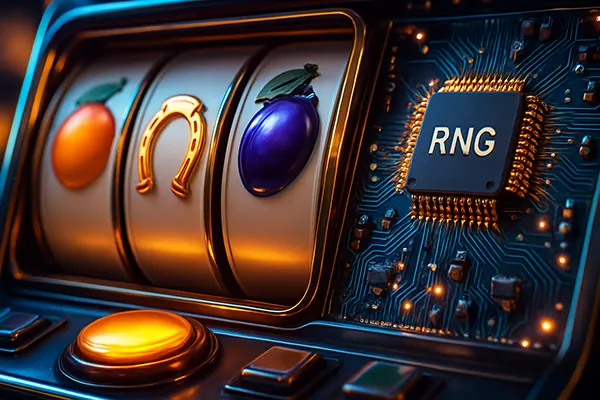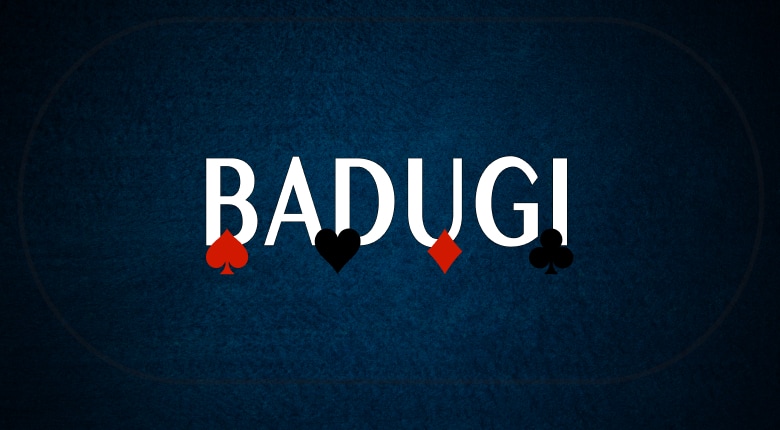
How to Use Your Stack Advantage in Poker
In the strategic world of poker, understanding and leveraging your chip stack is crucial. At PrankCasino, where poker tables are bustling with activity, recognizing how to use your stack can be the difference between winning big or going home empty-handed. This article delves into the art of stack management, offering insights into making the most of your chips, regardless of the size of your stack.
Understanding Stack Sizes
Stack size in poker isn’t just a number; it’s an indicator of your strategic flexibility, risk tolerance, and potential power over the table. Generally, stacks are categorized as short (20 big blinds or less), medium (between 21 and 50 big blinds), and large (over 50 big blinds). Each size demands a different strategy to maximize its potential.
Strategies for Short Stacks
Playing with a short stack requires a tight and aggressive approach. Your primary goal is survival and doubling up when the opportunity arises. Focus on playing strong hands and be prepared to go all-in when you have a high likelihood of winning. Avoid speculative hands that might dwindle your stack further without a clear chance of improving your situation.
Maximizing Medium Stacks
With a medium stack, you have breathing room to be more selective with your hands and play more post-flop poker. It’s an opportunity to apply pressure on short stacks while staying cautious of larger stacks that can easily put you at risk. The key is to find a balance between aggression and caution, capitalizing on weaker players to build your stack.
Dominating with a Large Stack
A large stack affords you the luxury of bullying the table, but with great power comes great responsibility. Use your stack to apply pressure on medium and short stacks, forcing them to make tough decisions. However, avoid unnecessary risks that could give away your advantage. Your goal is to maintain and slowly increase your stack while pushing others out of pots.

Stack Size Dynamics Throughout a Game
As the game progresses, your stack will fluctuate. Adapting to these changes is essential for long-term success. Be aware of how your changing stack size alters your table image and adjust your strategy accordingly. Flexibility and the ability to switch gears based on your stack size relative to the blinds and opponents are key.
Psychological Aspects of Stack Management
Your stack size not only influences your strategy but also affects your opponents’ perception of you. A large stack can intimidate, while a short stack might be underestimated. Use psychology to your advantage, projecting confidence with a large stack or portraying a tight image with a short stack to bait opponents into mistakes.
Common Mistakes to Avoid
Common pitfalls include overplaying a medium stack as if it were large or playing too passively with a large stack out of fear of losing it. Another mistake is failing to adjust your play as your stack size changes, sticking to a strategy that no longer matches your situation. Awareness and adaptability are crucial to avoiding these errors.
Conclusion
Stack management is a fundamental aspect of poker strategy that can significantly influence your game’s outcome. By understanding and adapting to your stack size, you can maximize your advantage at any poker table, including the vibrant ones at Prank online casino. Remember, in poker, how you play your chips is just as important as the cards you’re dealt.




